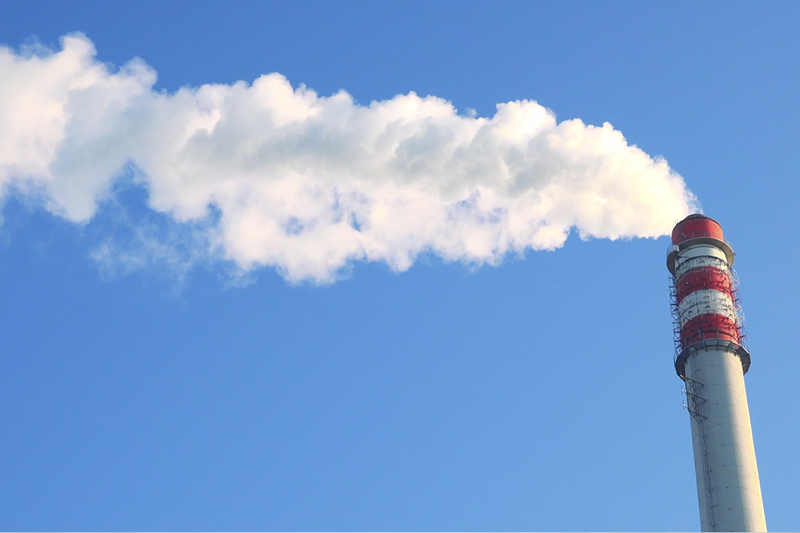The Three Main Steps Of Carbon Capture & Storage
18
Protea has been running a number of articles on CCS during the year with a focus on the latest initiatives and activities around the globe. We thought we would revisit the principles of the process. Carbon capture and storage (CCS) is a process designed to capture carbon dioxide (CO2) emissions produced from industrial processes or power generation and prevent them from entering the atmosphere. The captured CO2 is then transported to a storage site, typically deep underground, where it is securely stored to prevent its release into the atmosphere.

Carbon dioxide (CO2) is naturally absorbed from the atmosphere by forests, plants, oceans, and soils. However, these natural processes are slow and are being undermined by deforestation, pesticide overuse, and pollution. Carbon capture and storage (CCS), also known as carbon sequestration, offers a way to prevent excess CO2 from entering the atmosphere. The CCS process generally involves three main steps:
- Capture: CO2 is captured from large point sources such as power plants or industrial facilities before it is released into the atmosphere. There are various capture technologies available, including post-combustion capture, pre-combustion capture, and oxy-fuel combustion, each suited to different types of emissions sources.
- Transport: Once captured, the CO2 is transported via pipelines, ships, or other means to a suitable storage site. Transportation methods vary depending on the distance between the capture site and storage location.
- Storage: The captured CO2 is injected deep underground into geological formations such as depleted oil and gas reservoirs, saline aquifers, or coal seams. These geological formations act as natural traps, securely storing the CO2 and preventing it from escaping back into the atmosphere over long periods of time.
CCS has the potential to play a crucial role in mitigating climate change by reducing CO2 emissions from industrial processes and power generation. It allows for the continued use of fossil fuels while minimising their environmental impact. Additionally, CCS can enable the removal of CO2 from the atmosphere, helping to offset emissions from sectors that are difficult to decarbonise, such as heavy industry and transportation.
However, CCS also faces challenges, including high costs, technical feasibility, and public acceptance. Continued research, development, and deployment of CCS technologies are essential to realising its full potential as a tool for combating climate change. Protea’s multi-gas FTIR technology is ideally suited to new processes involving carbon reduction, such as Carbon Capture and Storage and CCS Online Monitoring.
#protea #emissions #monitoring #cems #ftir #gas #analysers #shipping #marine #carbon #capture
Other Articles
Global Underground CO2 Storage Data Offers Hope Amid Rising Emissions
01
IMO Postpones Adoption Of Global Net-Zero Shipping Framework
04
Pioneering Carbon Capture Projects Ready For Construction
03
Methanol & Ammonia Deemed Ready As Zero-Emission Shipping Fuels
01
Carbon Capture Storage Reaching A Turning Point In Decarbonisation
13
CCS To Capture 15% Of Shipboard Carbon Emissions By 2050
29
Global Shipping Industry Struggles To Navigate Net Zero Transition
21
Carbon Capture Surges as Economics Policy & Industry Demand Align
14
GHG Emissions At Ports On The Rise Despite Initiatives
07
Carbon Capture Utilisation & Storage In A Nutshell
30